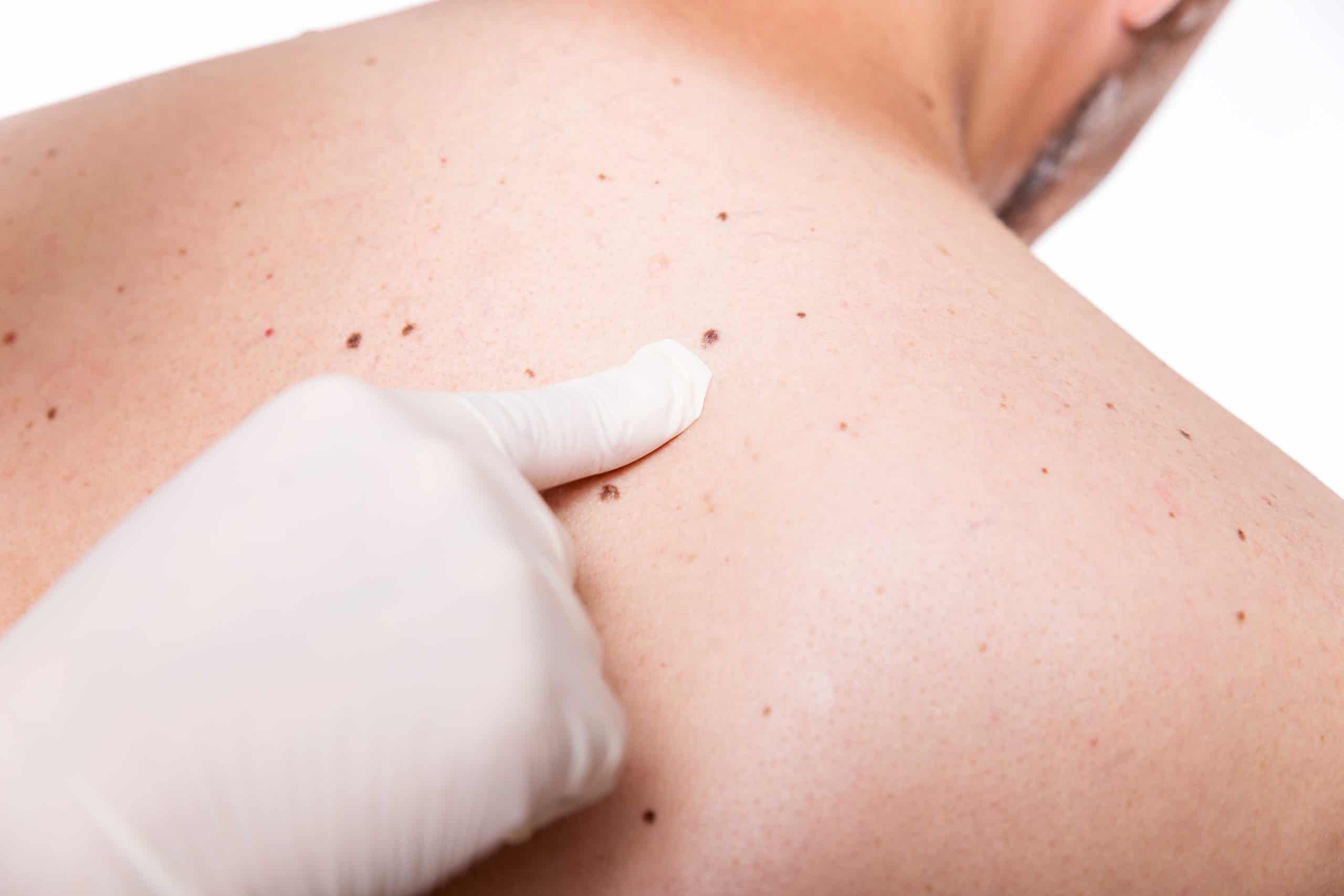Moles are very common and can appear anywhere on the body. They are medically known as nevus and are formed by benign growth of clustered cells that produce melanin. They can be flat or raised, usually round or oval, ranging in colour from skin tone to black. Although most moles are harmless, in certain cases they can be indicative of skin cancer.
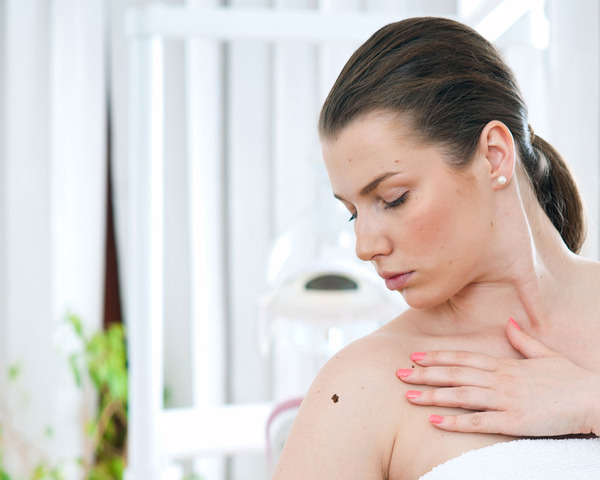
Most of us have 10 to 40 moles. Moles can be present from birth or develop throughout life, rarely appearing after the age of 40. People with lighter skin are more prone to developing moles.
Most moles do not requite any treatment. A mole may need to be removed when it is suspicions of being a cancer, when it is irritating or causing discomfort or when it is cosmetically inconvenient.
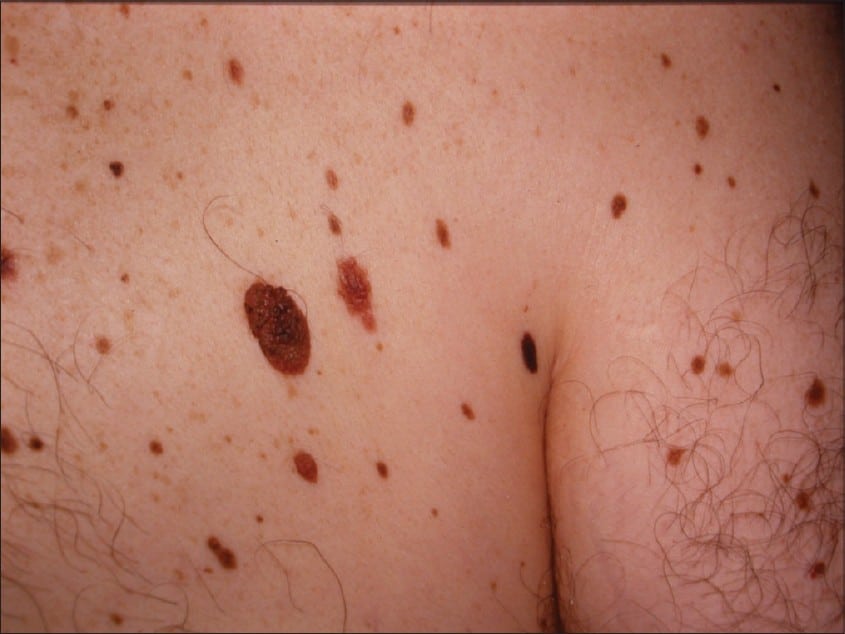
All moles should be thoroughly and regularly examined by a qualified medical practitioner.
Moles, skin spots and lesions grow, change shape and disappear throughout our lifetimes, and so often, it can be difficult to tell the difference between a harmless skin spot and serious ones. Melanoma are often very asymptomatic, so a doctor with the training and experience to tell the difference is very important to an accurate diagnosis.
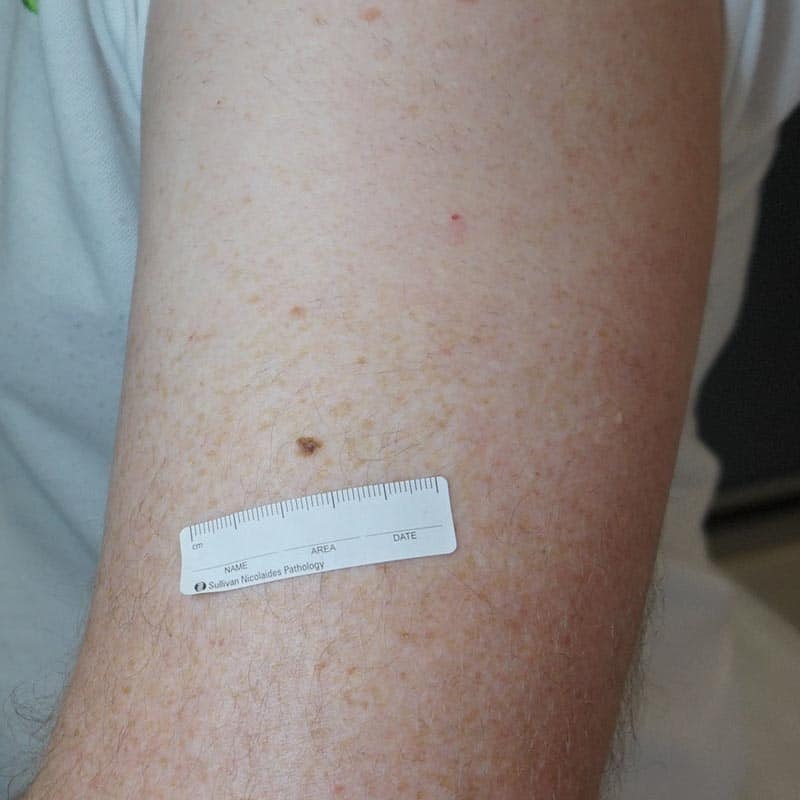
The sooner a melanoma is identified and treated, the sooner a treatment and management plan can be implemented to ensure positive patient outcomes. Don’t delay booking an appointment if you are concerned about any spots or lesions; the sooner treatment can be provided, the sooner you may have peace of mind.

Moles checked by the expert doctor and considered benign, can be removed for cosmetic reasons. We used to surgically remove the moles. Surgical excision requires suturing and scar is inevitable. With advancing technology, we can now remove the moles by radiofrequency with amazing aesthetic results.
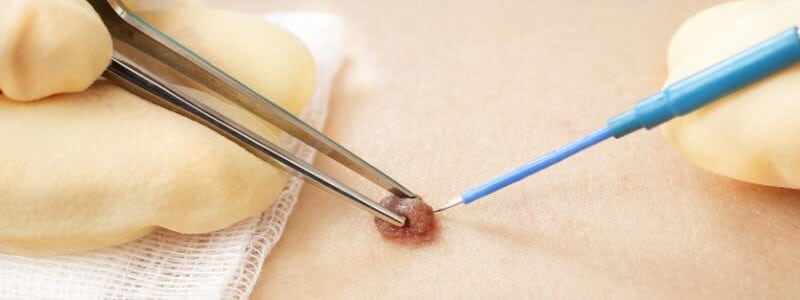
If a mole appears irregular and asymmetric, it would need examination under microscope. This can be done under local anaesthesia at our clinic. The specimen will then be sent to our expert pathologists checking skin lesions day in day out. As melanomas appear like moles, it is prudent to get all irregular moles or changing mole checked and if necessary, removed for histological examination.
